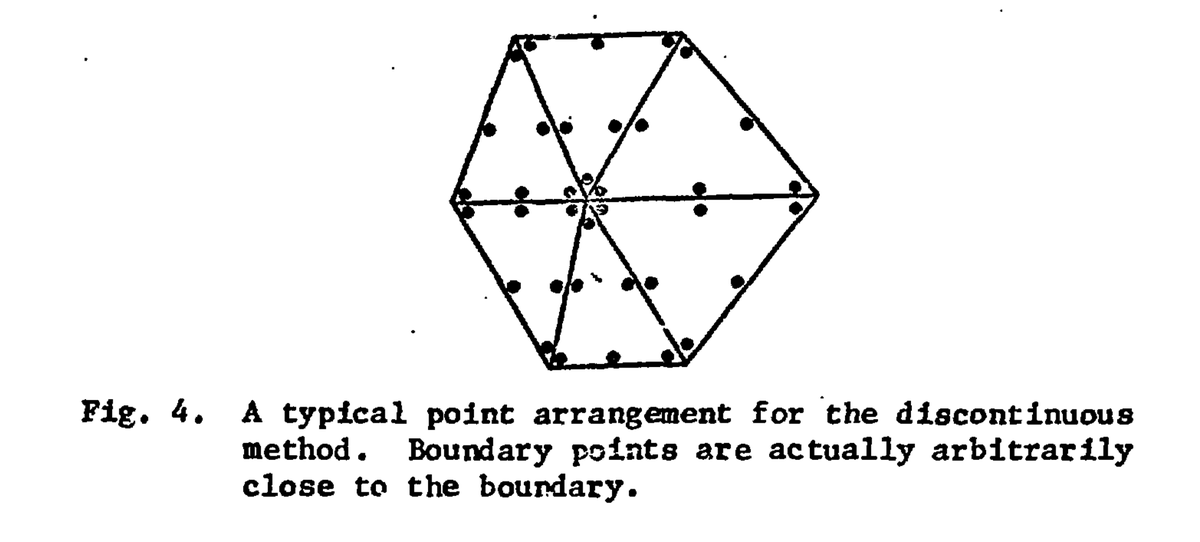The Discontinuous Galerkin method today is a highly popular numerical method. But what is its origin. And how is it connected to Nobel prize winner Subrahmanyan Chandrasekhar.
Thread.
Thread.
First, Radiative transfer.
“Radiative transfer is the physical phenomenon of energy transfer in the form of electromagnetic radiation. The propagation of radiation through a medium is affected by absorption, emission, and scattering processes”
https://en.wikipedia.org/wiki/Radiative_transfer
“Radiative transfer is the physical phenomenon of energy transfer in the form of electromagnetic radiation. The propagation of radiation through a medium is affected by absorption, emission, and scattering processes”
https://en.wikipedia.org/wiki/Radiative_transfer
The equations governing radiative transfer have both differential and integral terms making them hard to solve.
Enter Subrahmanyan Chandrasekhar who did something not every mathematical physicist does. He approximated it using numerical quadrature. And this created the Discrete ordinates method.
I especially like this quote.
http://articles.adsabs.harvard.edu//full/1996JApA...17...95R/0000097.000.html
http://articles.adsabs.harvard.edu//full/1996JApA...17...95R/0000097.000.html
Some years later, and people realized that the discrete ordinate method could be used to solve for neutron transport which was required for studying nuclear reactors. But how do you solve the equations for practical geometries.
Enter Reed and Hill who in 1973 wrote a seminal paper introducing the discontinuous Galerkin method to solve the neutron transport equations. Why did they require a new method. Well because they wanted to use a triangle grid.
In the paper they actually introduce two methods. One that looks like a Petrov-Galerkin method and the second which is the Discontinuous Galerkin method. Figures like these are now common place but would have been revolutionary back then.
And that is the origin of the Discontinuous Galerkin method. It needed a few leaps to get where we are today. The original paper is very readable. Do have a look.
https://www.osti.gov/servlets/purl/4491151
End of thread.
https://www.osti.gov/servlets/purl/4491151
End of thread.

 Read on Twitter
Read on Twitter







